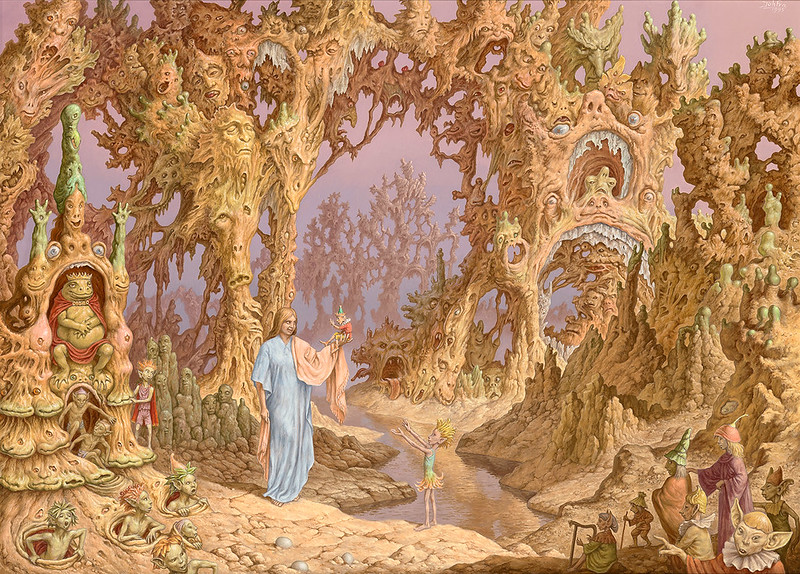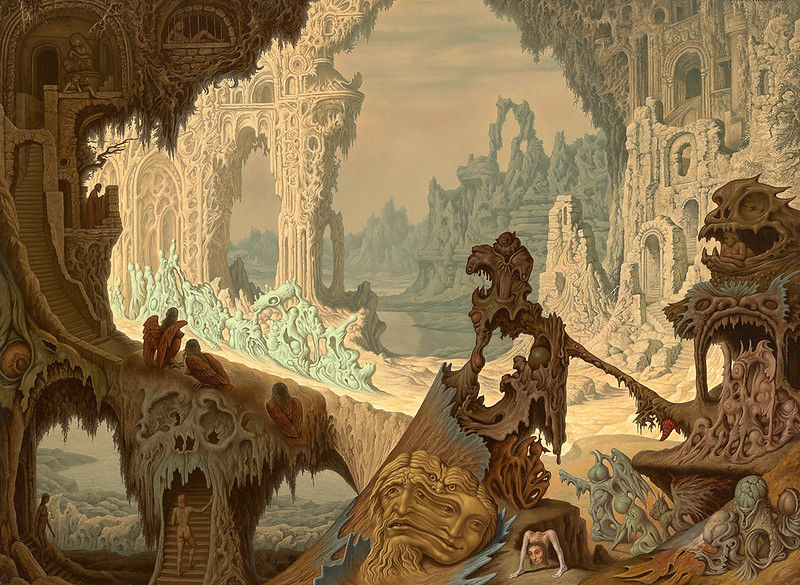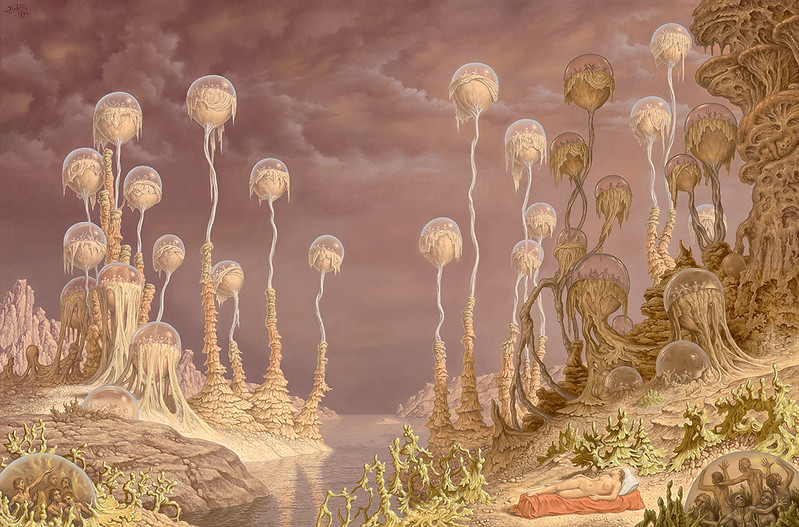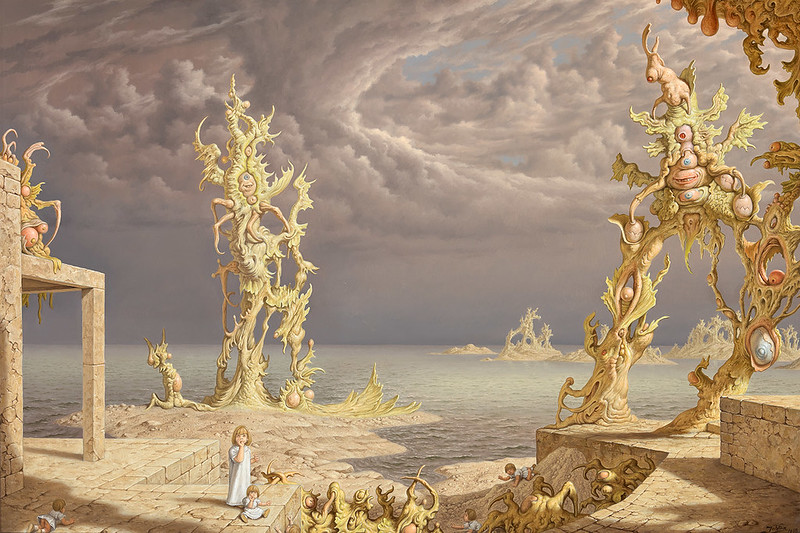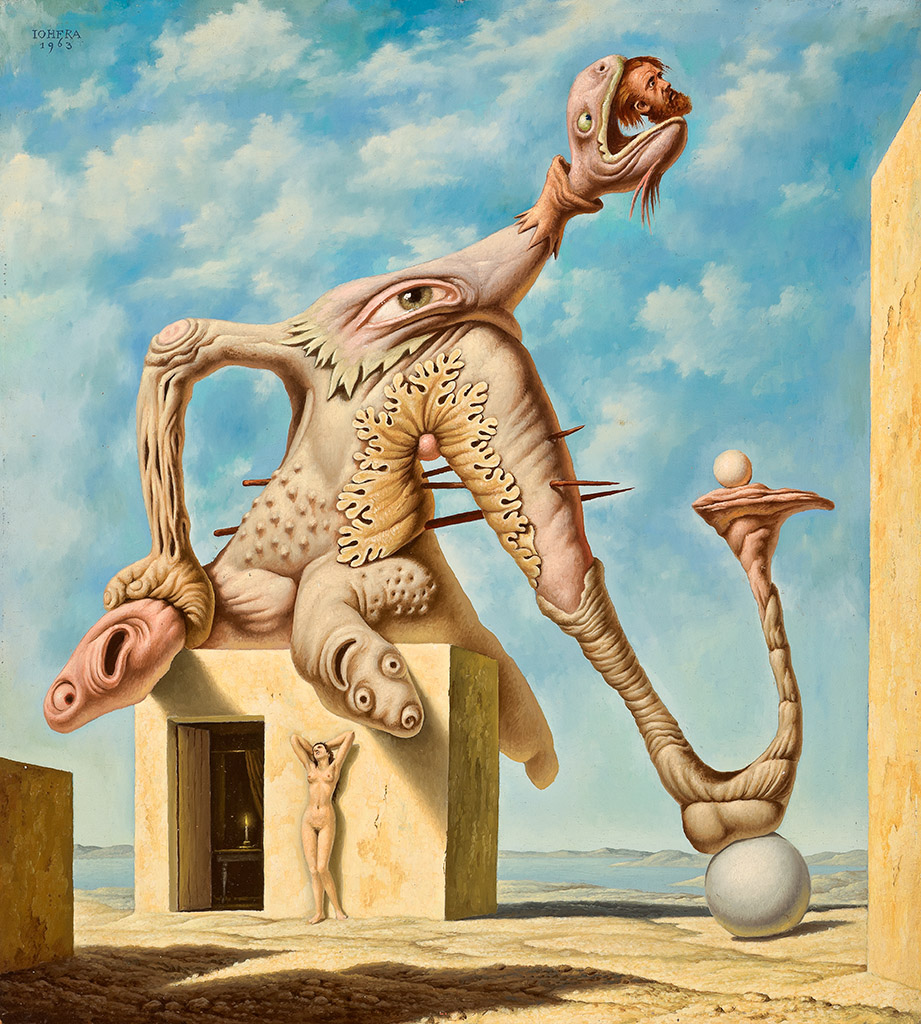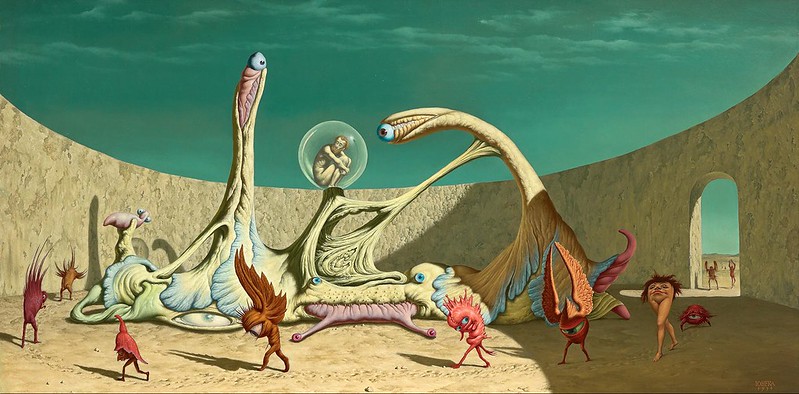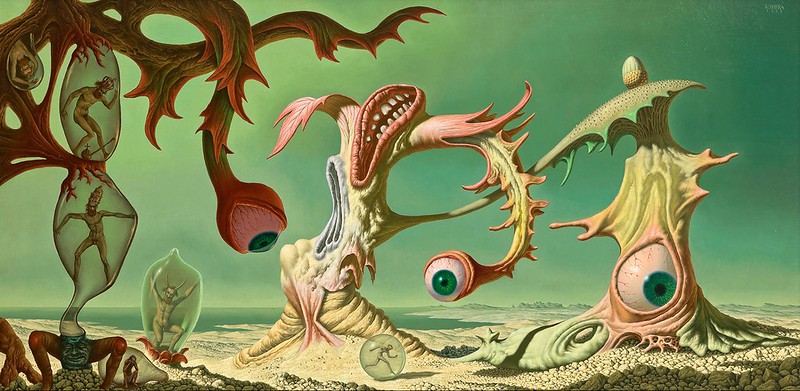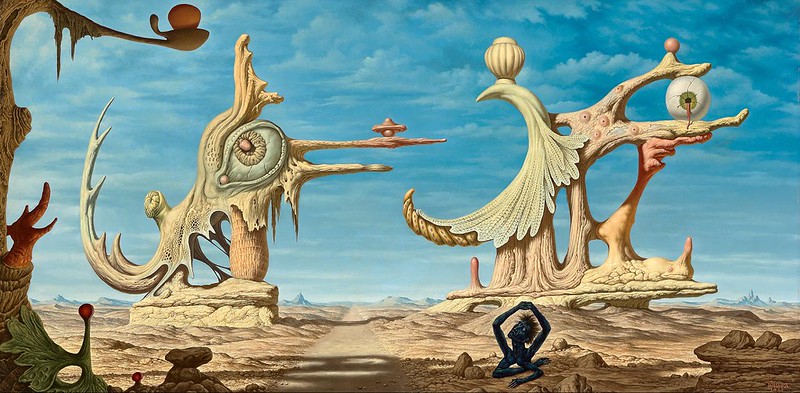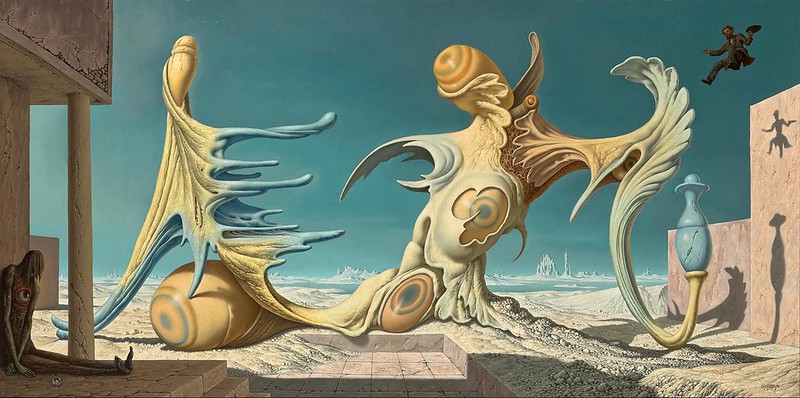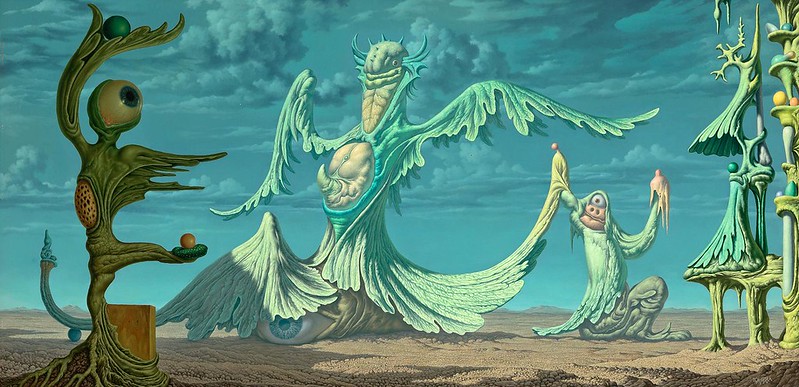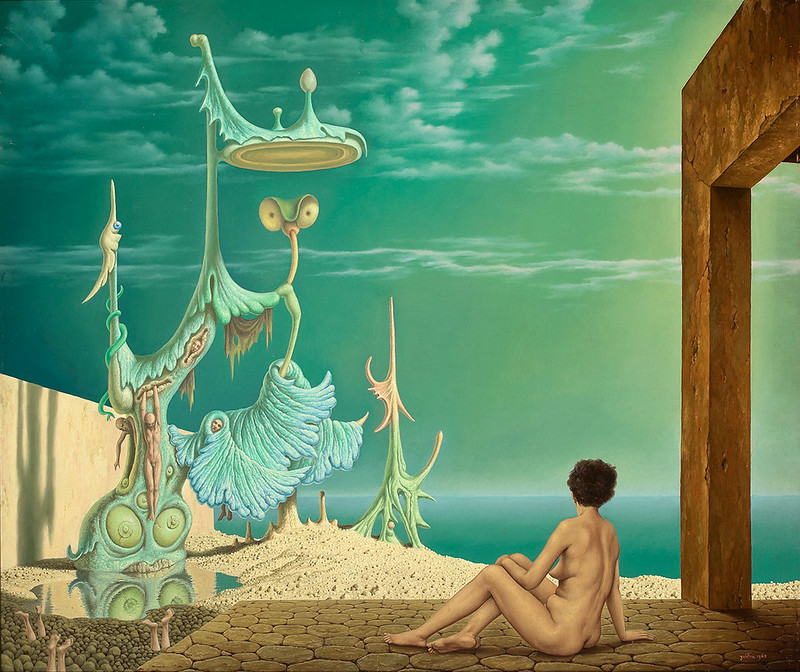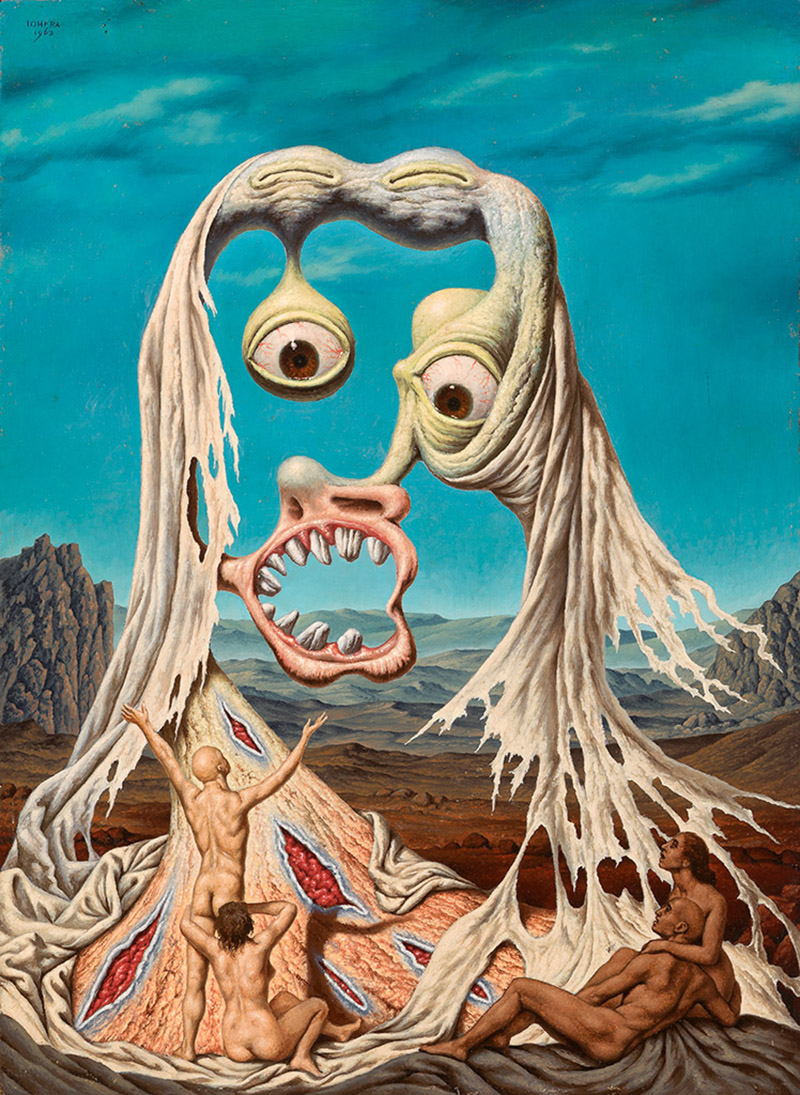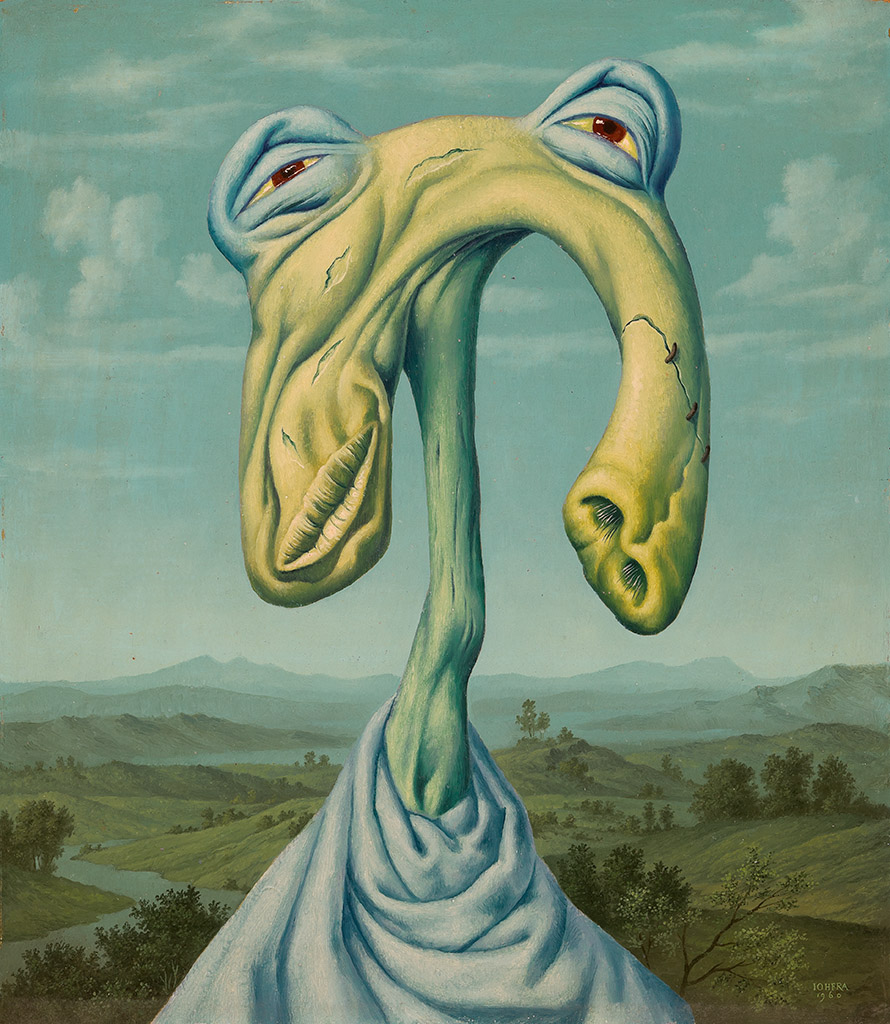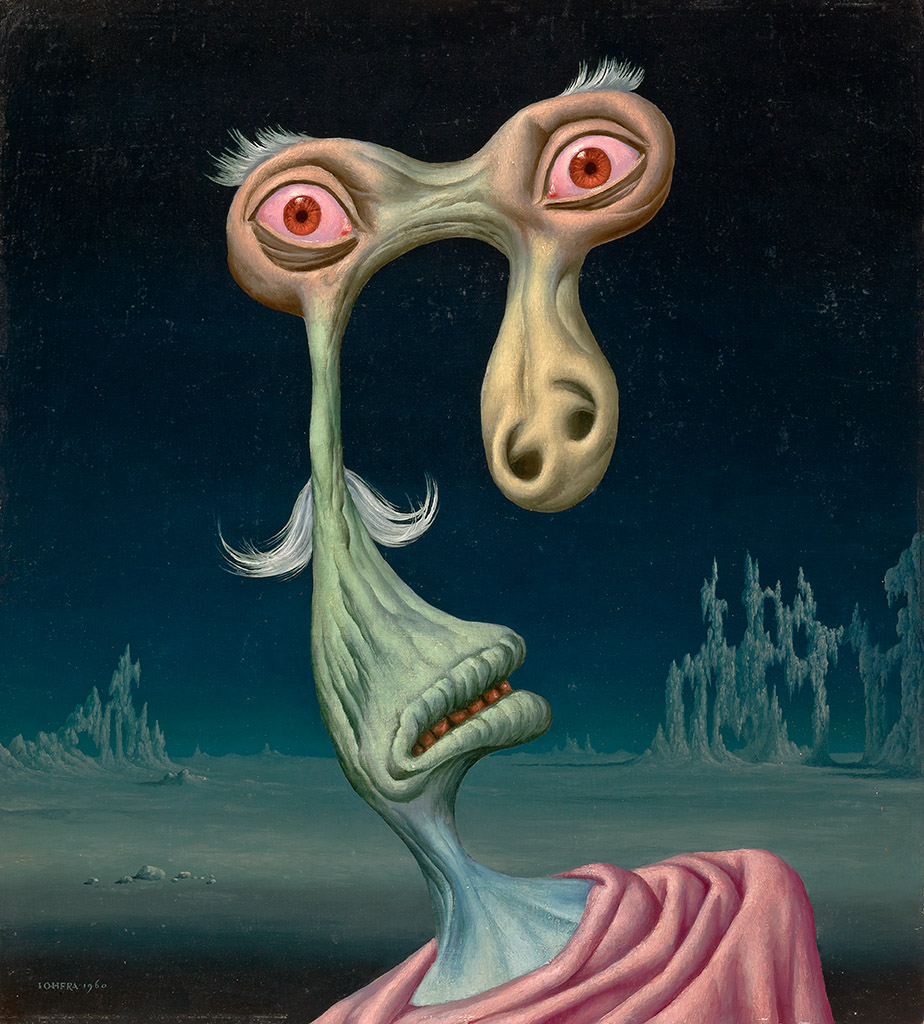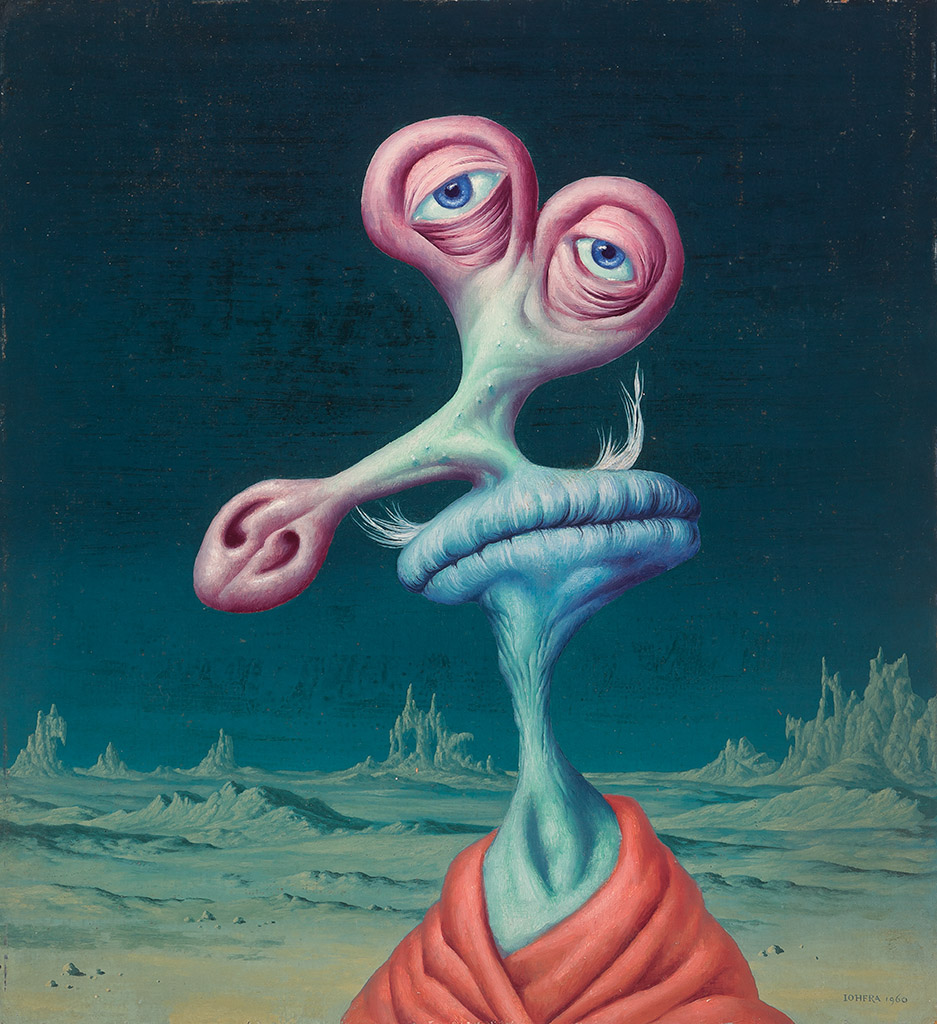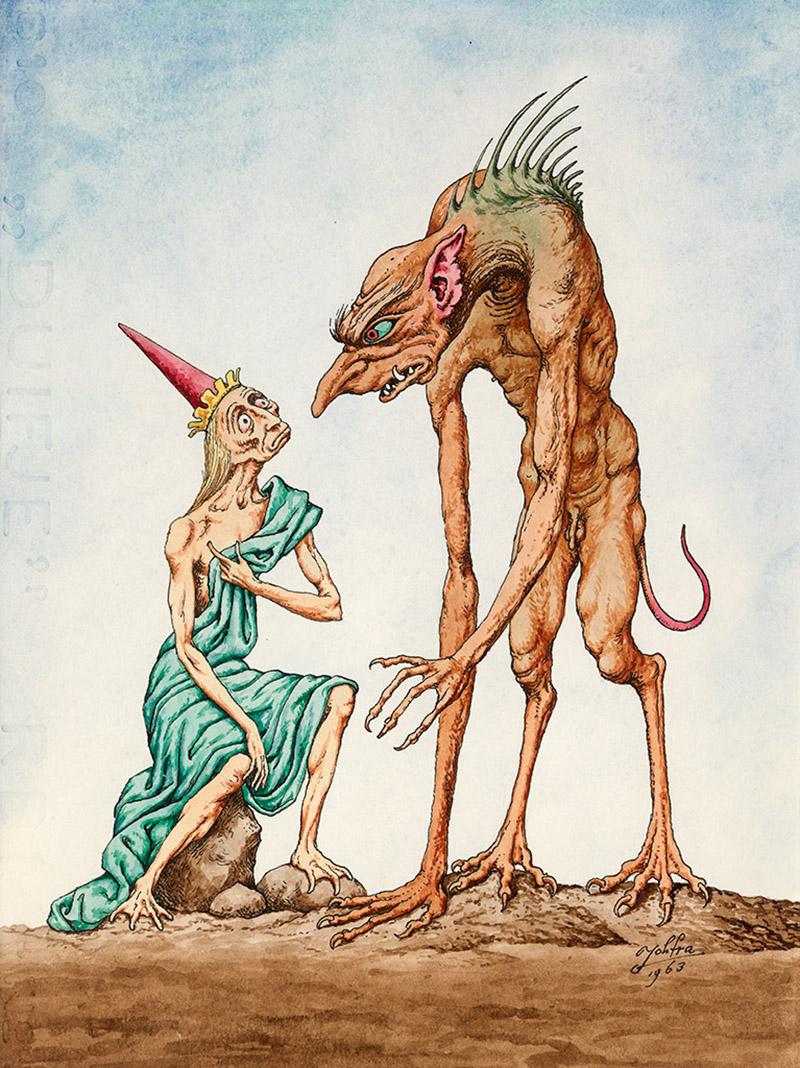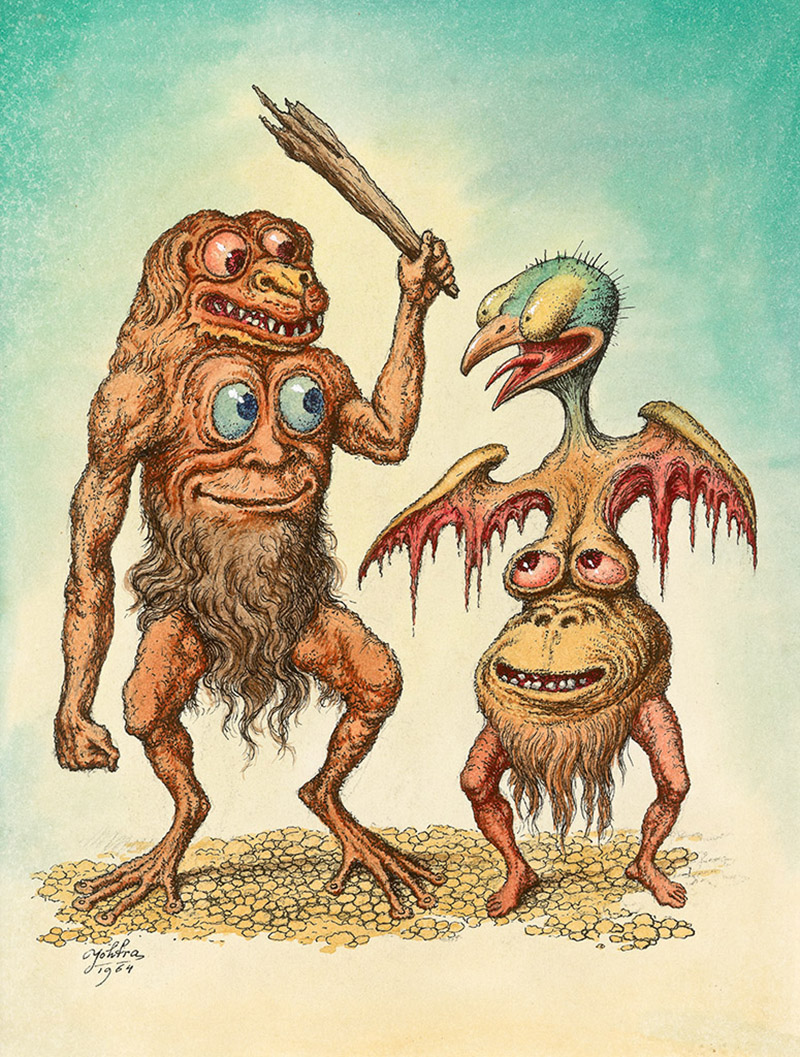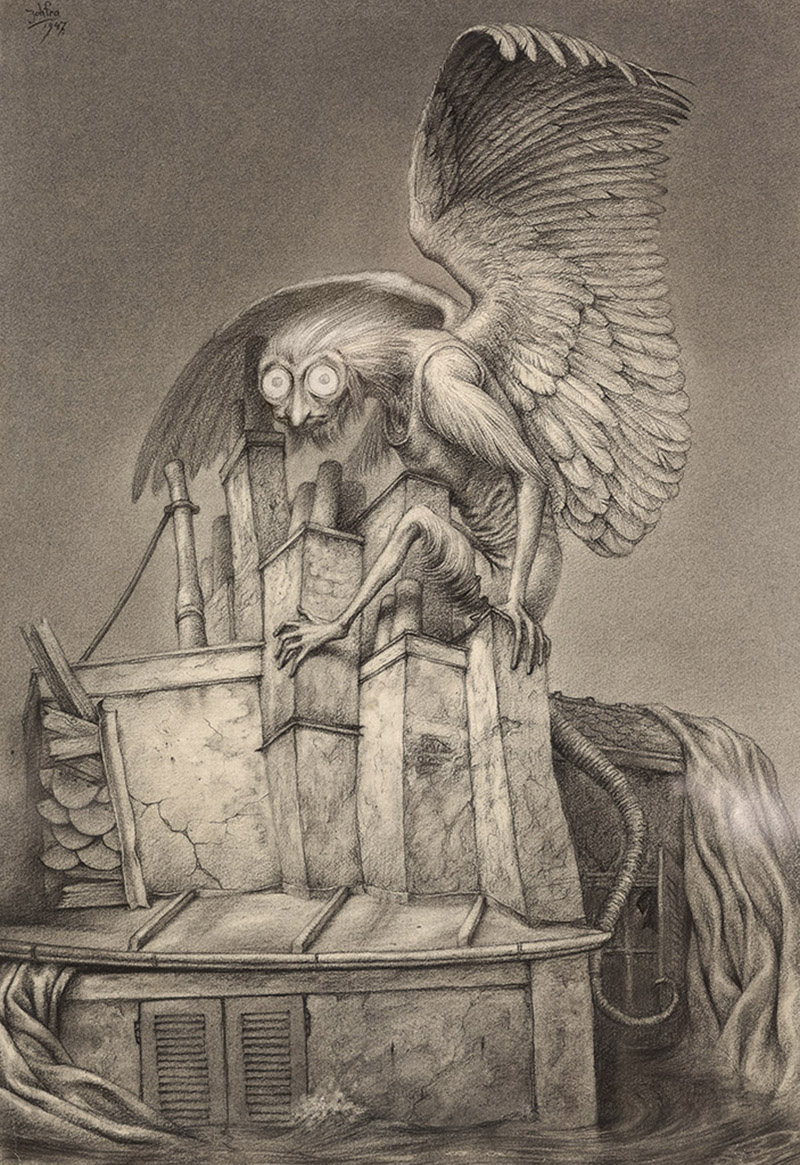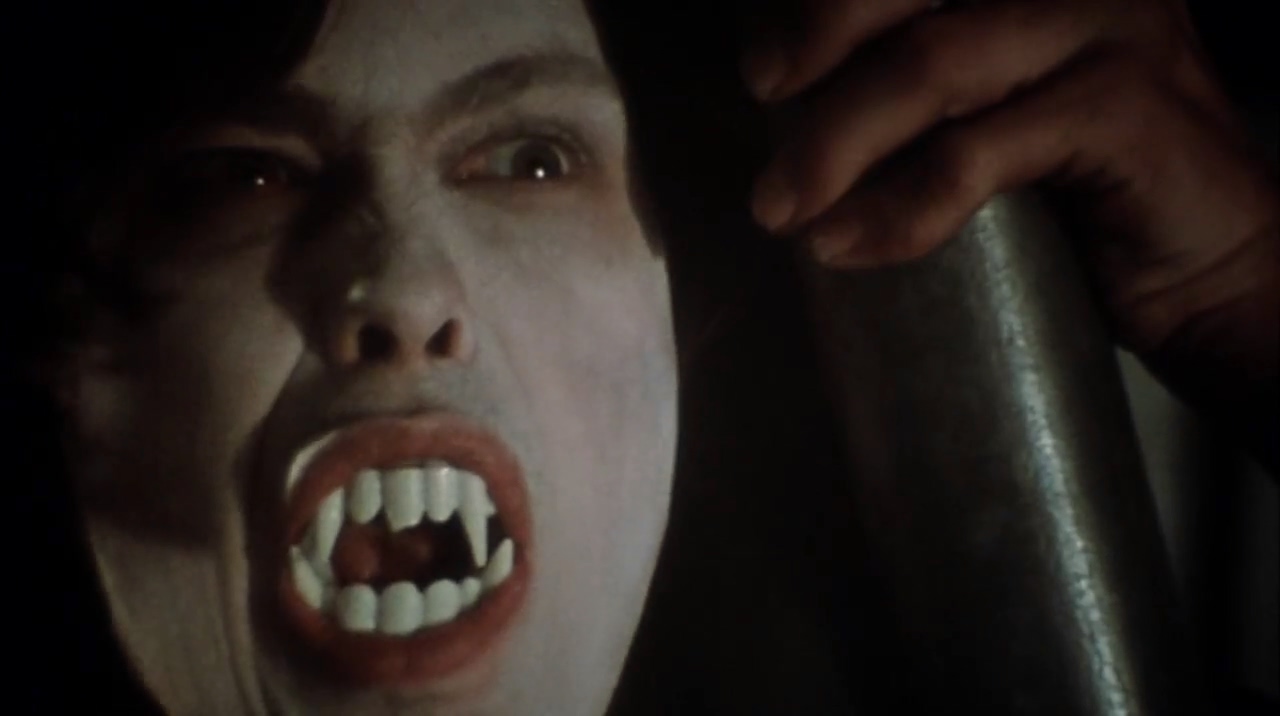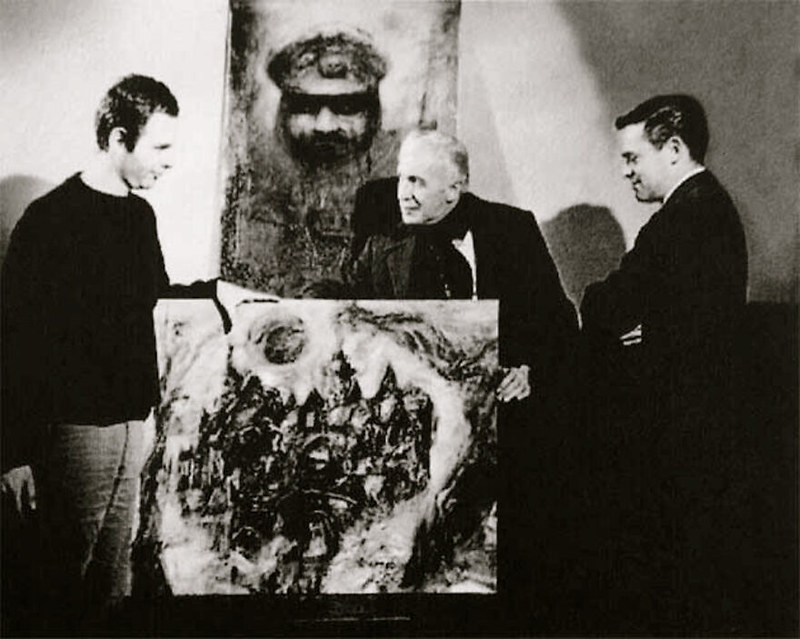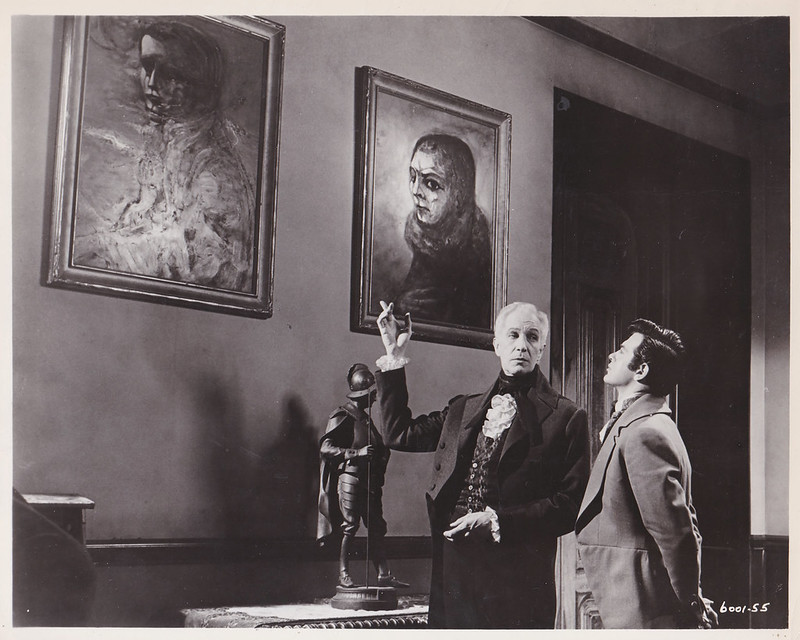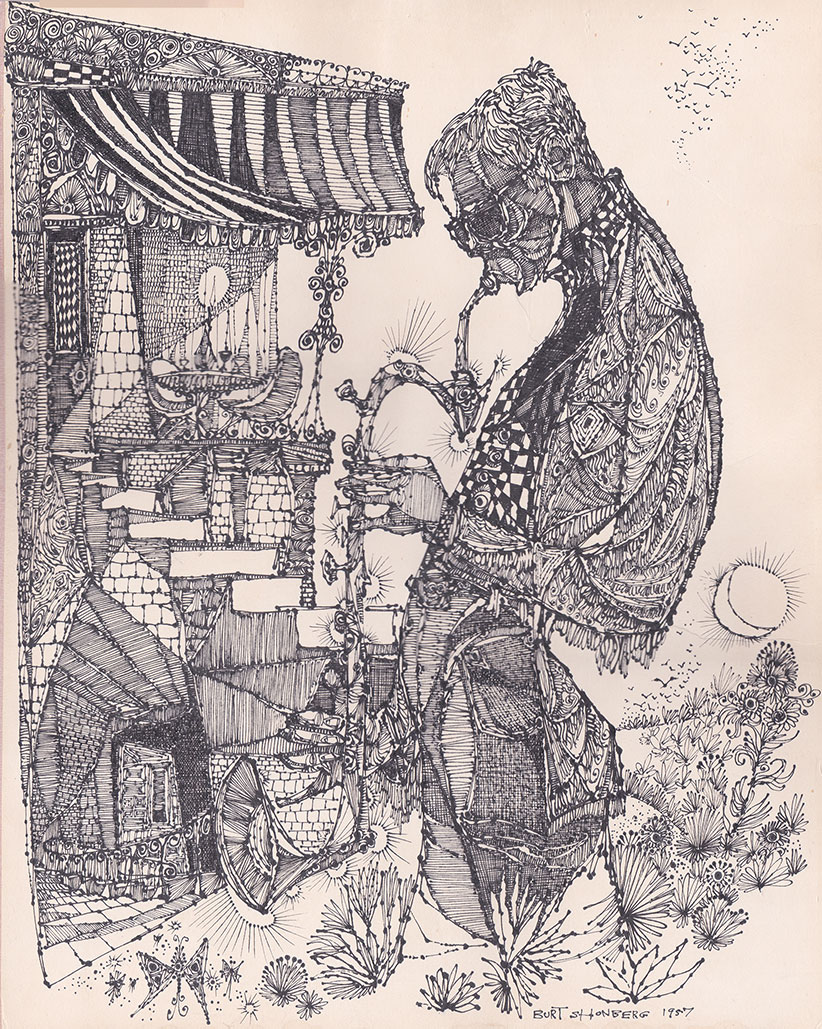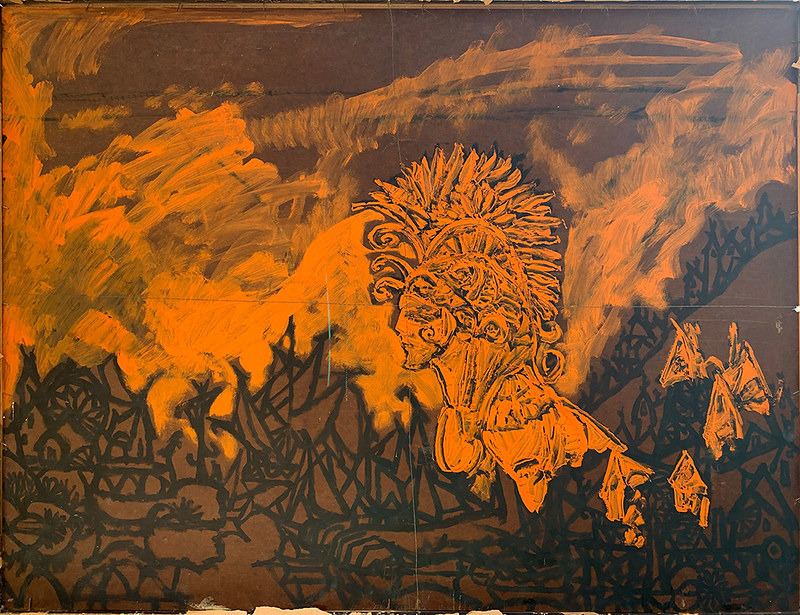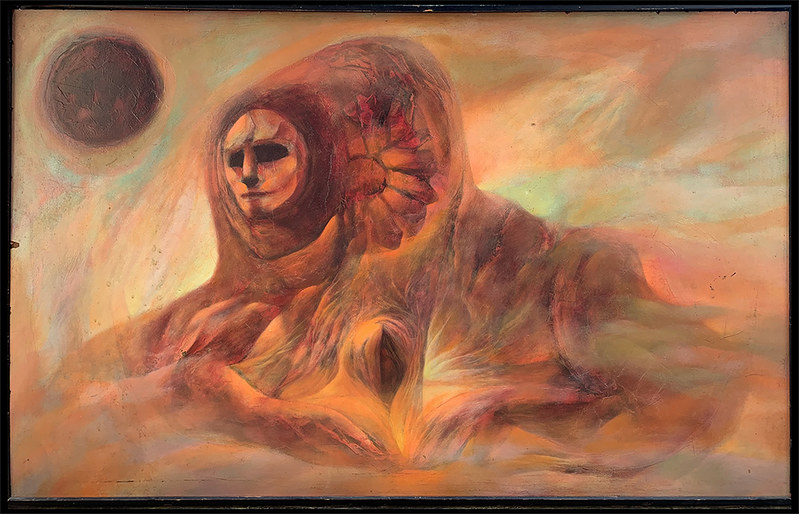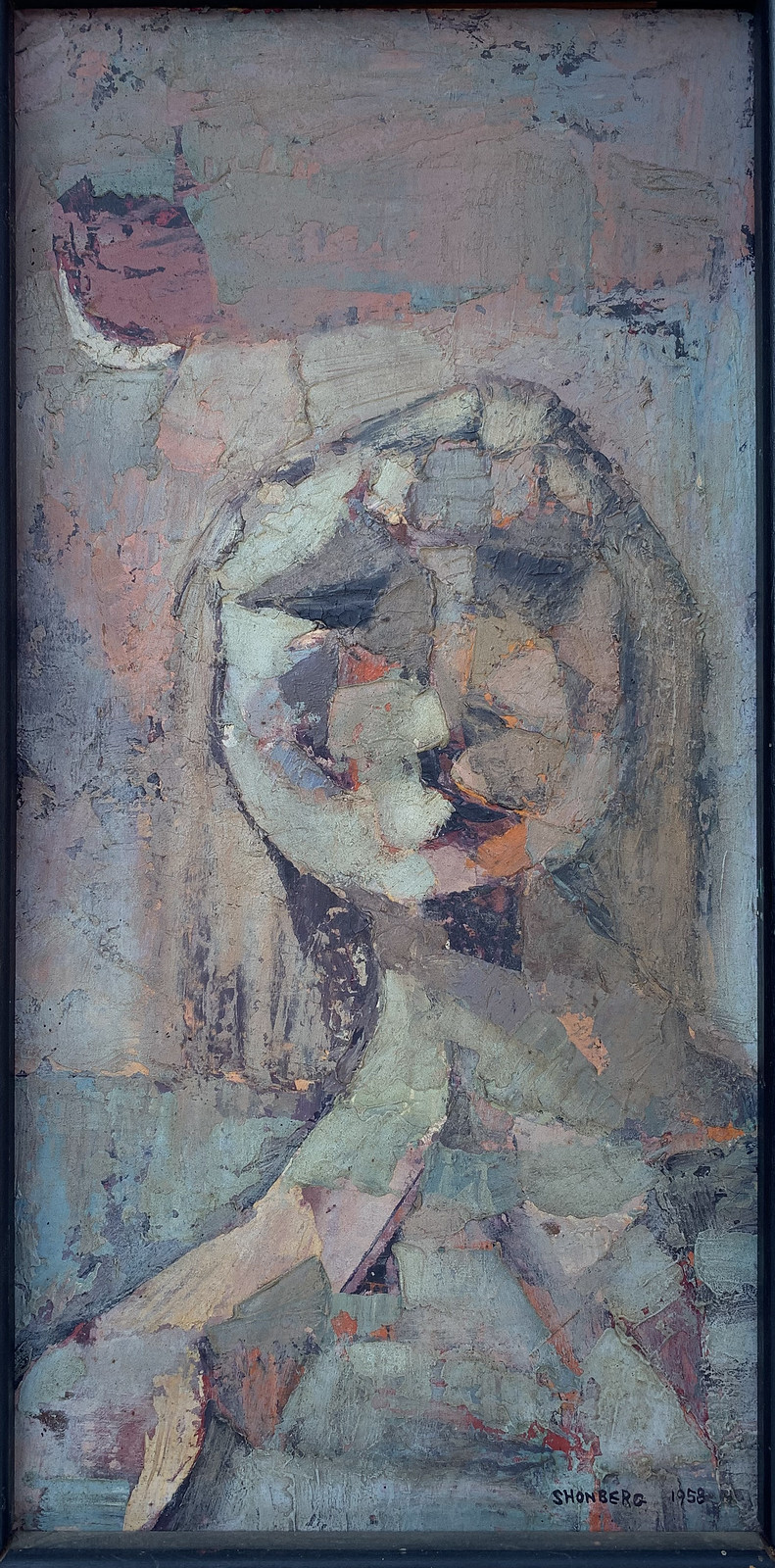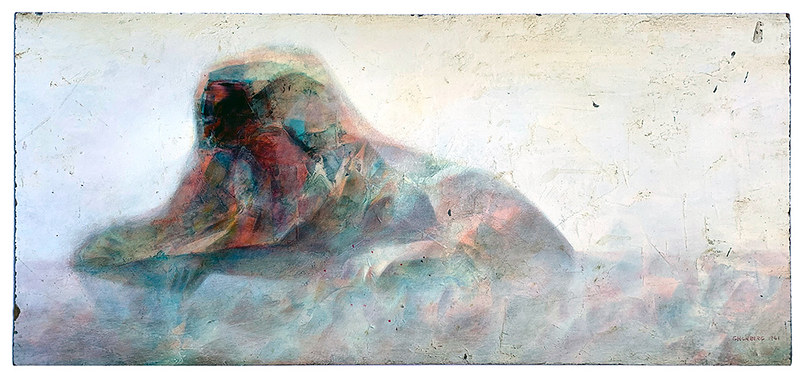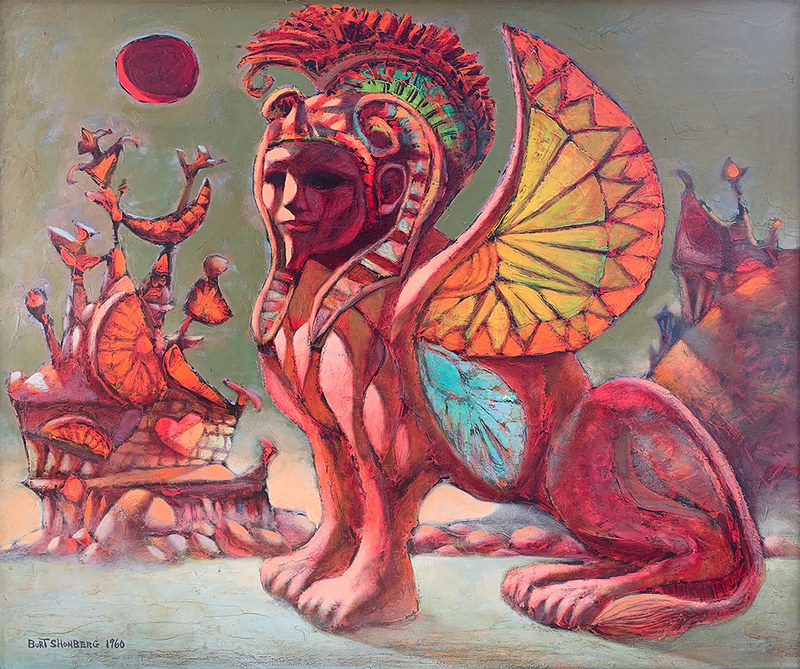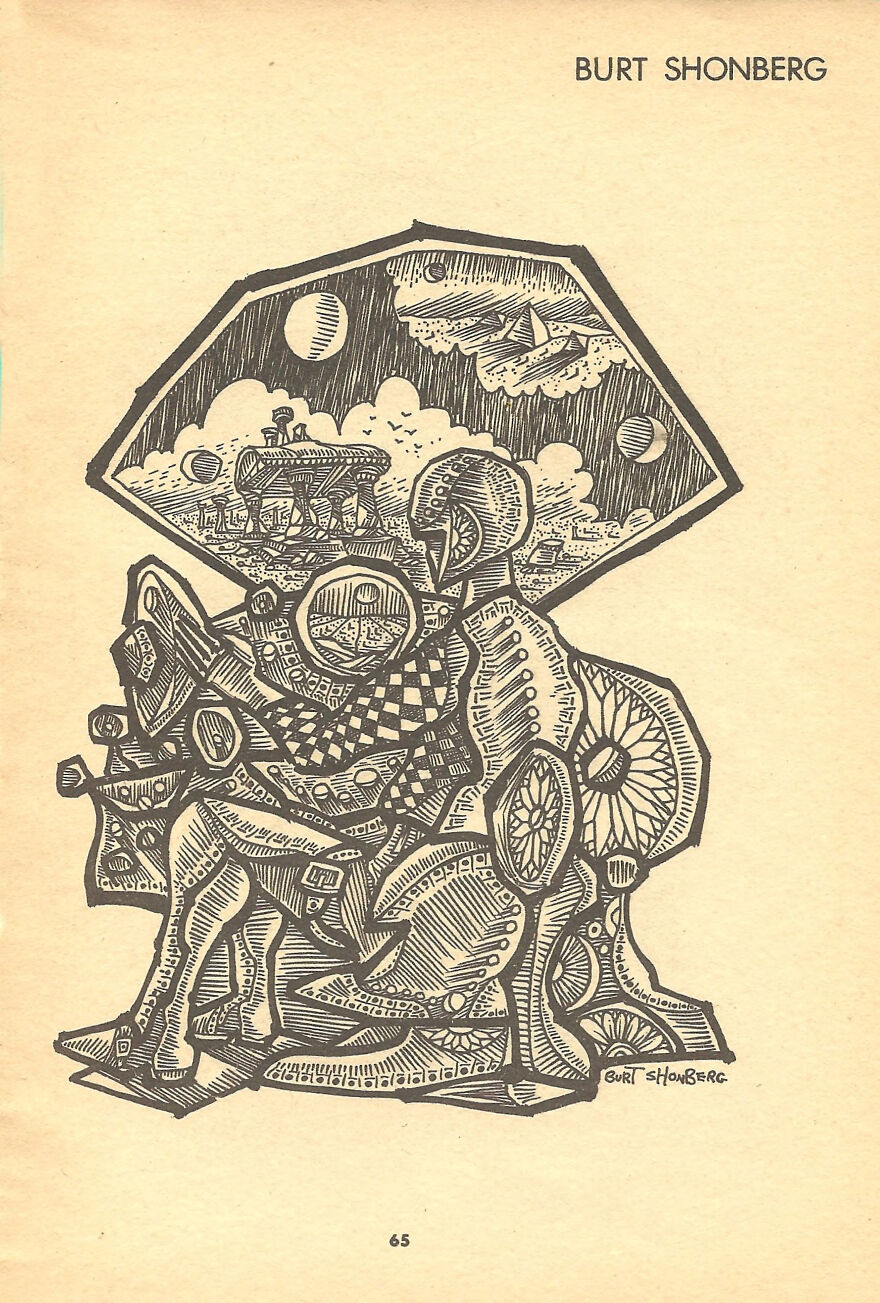The gaming magazine is dead. After all, when was the last time that you were able to purchase a gaming magazine at your nearest newsagent? Games Workshop’s White Dwarf is of course the exception, but it has been over a decade since Dragon appeared in print. However, in more recent times, the hobby has found other means to bring the magazine format to the market. Digitally, of course, but publishers have also created their own in-house titles and sold them direct or through distribution. Another vehicle has been Kickstarter.com, which has allowed amateurs to write, create, fund, and publish titles of their own, much like the fanzines of Kickstarter’s ZineQuest. The resulting titles are not fanzines though, being longer, tackling broader subject matters, and more professional in terms of their layout and design.
—oOo—

Published in January 2021—following a successful
Kickstarter campaign by
The Merry Mushmen—
Knock! #1 An Adventure Gaming Bric-à-Brac promised and delivered some eighty-two entries contributed by some of the most influential writers, publishers, and commentators from the Old School Renaissance, including Paolo Greco, Arnold K, Gabor Lux, Bryce Lynch, Fiona Maeve Geist, Chris McDowall, Ben Milton, Gavin Norman, and Daniel Sell, along with artists such as Dyson Logos and Luka Rejec. From the off, it grabbed the reader’s attention and began giving him stuff, including a dungeon adventure on the inside of the dust jacket! Inside its pages contained a panoply of articles and entries—polemics and treatises, ideas and suggestions, rules and rules, treasures, maps and monsters, adventures and Classes, and random tables and tables, followed by random tables in random tables! All of which is jam-packed into a vibrant-looking book. All primarily written for use with Necrotic Gnome’s
Old School Essentials Classic Fantasy, but readily and easily adapted to the retroclone of the Game Master’s choice, and laid out out with a graphic style which was heavily influenced by the look (though not the tone) of
Mörk Borg to eye-catching and distinctive effect.
Knock! #2 An Old School Gaming Bric-à-Brac is no different. Published following a second successful
Kickstarter campaign, it contains some sixty-six entries, covering Game Master advice, things to be found, Goblins, dungeons, wilderness, maps, design, and more—and all that in the first one hundred pages! Its contributors include Emmy Allen, Andrea ‘Vyrelion’ Back, E. A. ‘taichara’ Bisson, Adam Bloomfield, Emiel Boven, Caleb Burks, Cacklecharm, Islayre d’Argolh, Warren Denning, Nicolas Dessaux, Andrew Duvall, Brent Edwards, Leander Elwischger, Simon Feser, Sándor Gebei, Kezie Gracie, Paolo Greco, Sarah Grove, Adrian Hammer, James Holloway, Anne Hunter, Arnold K, Kobayashi, Gus L, Phill Loe, Dyson Logos, Gabor Lux, Iko, James Maliszewski, Josh McCrowell, Chris McDowall, David McGrogan, Stefan Mijucic, Danilo Moretti, Eric Nieudan, Nobboc, Diogo Nogueira, Gavin Norman, ktrey parker, Graphite Prime, Stuart Robertson, Perplexing Ruins, Jack Shear, Zedeck Siew, Skullfungus, W.F. Smith, Gustav Sokol, Sean Stone, Matt Strom, Chris Tamm, Trollsmyth, Vagabundork, Charles Wells., and more. It represents a diverse range of voices from the Old School Renaissance on the various preoccupations of the movement, and presents a huge amount of content that the Game Master can bring to her campaign and gaming table.
As with the first issue, the contents of
Knock! #2 An Old School Gaming Bric-à-Brac begin inside the dust jacket. Here it is ‘Gloomywood’, a campy and sinister micro setting by Gabor Lux. In classic Hammer Horror style it details thirty-six locations across the mountain valley that is the family seat of the Counts von Marstein. Of late, the current incumbent has been ill, leaving his seneschal to rule in his stead, and now the inhabitants fear him and his cruel control as much as the wild beasts which roam the region. No space is wasted—even the inside of the spine has a weather table, but the format means that it is cramped and not necessarily as easy to use at the table. As a hex crawl, its size and self-contained nature makes it easy to drop into a campaign, but the Game Master will need to develop a few hooks and story elements to draw her players and their characters in.
Then on the front page, there is the first of the many tables of things to be found in the issue. This is ‘d6 Magical Tomes’, and it is followed by Cacklecharm’s ‘Sorcerer-Corpse Hazards’, lovingly detailed options for what might be found on the dead body of a wizard, including traps and treasures. Then by ‘I Search the Bookshelf!’ by Vagabundork, lists twenty books to be found on the shelves of a personal library. This counters the issue of finding books in a mansion or dungeon that are worth money, but not detailed. The later ‘30 Tomes of Magic’ by Nicholas Dessau is marginally less useful, only listing spells according to book themes, such as Tome of the Spider or Tome of Force, but without the flavour text. Sarah Grove offers more colour in a giant table of ‘D60 Pointless Items’, all designed to be both amusing and disappointing, but which perhaps would be easier to use had it been designed as a d66 table.
Other tables enable the Game Master to generate game element after game element. Matthew Strom’s ‘Knight Errant Generator’ enables her to create a knight’s heraldry, fighting style, name, quirk, and quest. Together it could be used to create the background for a Player Character or an NPC. Gavin Norm uses ‘Party like it’s 999’ by Jeff Rients to present ‘Carousing for Spellbook Nerds’, rules for sorcerers and wizards burning the midnight oil to learn new spell or other magical effects, not always to the benefit of the caster, such as being able to see the patterns in other magic-users’ minds and thus know the spells they have memorised or there being a temporary chance of a spell backfiring! In general, a fun way to add a little temporary flavour to the arcane spellcaster. Eric Nieudan’s ‘Érynie’s Mirror’ presents ways to encounter one of the famed Furies over and over, each time a little different in terms of place, what she wants, and what she demands. This is a little different, dark and dangerous.
The advice begins with Arnold K’s ‘The Master’s Words of Wisdom’, which includes advice for the Dungeon Master, covering the use of meaningful choices, information, impact, lethality, fair deaths, and more. It does not ignore the player either, giving advice about thinking in terms of the dungeon levels, being clever, and learning everything that he can, and so on. It is good advice, kept simple by being almost bullet point-like. Then Chris McDowall counters it with ‘Cheap Tricks’—quick and easy rather than unfair things, that the Game Master can do to keep her players interested and her game running, like amplifying their characters’ competence or having the NPCs remember them (for good or ill). It covers cheap humour and horror tricks too, so there is a fair amount here for the Game Master to consider when running a game.
In ‘Landmark, Hidden, Secret’, Anne Hunter presents ways in which she presents information in her game. The first type is easily found and easily repeated; the second can be asked for, but can have a cost in terms of time and risk; and the third, is not just difficult to find, but the characters are not guaranteed to find it. This is an interesting read, challenging us how we handle information in our games by looking at a potential in-game problem in another way. Anne Hunter also provides twelve ‘Random Rival Adventuring Parties’ to be encountered in a dungeon. ‘Mansions of the Dead: Historical inspiration for fantasy… Tombs’ by James Holloway gives some suitable thoughts and ideas about alternatives to dungeons, though it feels reminiscent of
Tékumel: Empire of the Petal Throne.
The subject of new Player Characters after the death of the previous one is addressed not once, but twice. First, Philip Lee offers a means to create new a Player Character after a player has lost his during play. Dice are rolled to generate starting Experience Points until the player has rolled enough or the same number is rolled again. If the latter happens, the new character starts at First Level, but with a boon like a bonus to Strength and Constitution or third eye which can be opened daily to see in the dark or through an illusion. The boons are organised by Class, but if the player instead rolls enough dice, his character can start as high as Fourth Level or so. Overall, this is a nice idea, which compensates the new character with an often-intriguing ability and a bit of flavour too. Second, Vagabundork gives a list of thirty ready-to-play ‘fools’—after all, who would be foolish to enter a dungeon?—in ‘Another Fool For Your Adventures!’. All are Zero Level, Classless Fighters with full stats, names, backgrounds, and means of introduction. If the new Player Character survives, his player gets to roll a new Hit Dice, choose a Class, and so on. All much like the
Dungeon Crawl Classics Role Playing Game, but supported instead with thirty oddball, often weird would be Player Characters.
Graphite Prime discusses something often ignored during dungeon explanation. Typically at the end of a hard day’s exploration, the party will either retreat if they can or hole up somewhere and post guards. What happens when the members of the party are asleep? There are twenty options here—and thus another table—such as a character getting up in his sleep and opening a locked door or waking up to find rodents nibbling on his extremities (save versus poison…). This adds further flavour to play, particularly at a moment when the characters’ guards are down. Similarly, ‘You are Likely to be Eaten by a Grue_’ by Joh McCrowell inflicts terrible options upon the party should its torches go out whilst deep in the bowels of a dungeon… Lesser, but still terrible options are listed by Dyson Logos in ‘Unquietly Undead’ for alternative effects of the Level-draining touch of certain members of the undead, such as the thing having the ability to unerringly track a victim it has touched or transmits the much feared mummy rot… Cacklecharm provides a list of options to change a monster in ‘Monster Modifiers’, like infesting it with flesh-eating maggots or spider eggs about to burst, or giving it reasons to be cornered and that much more dangerous.
For Goblins, Cacklecharm also gives ‘8 Goblin Warlock Spells’, such as
Repulse, the reverse version of
Charm Person and
Count, which actually enables the cast to do what it says! This is a lovely little collection, which would work with Goblins as traditional enemies or Goblins as Player Characters (perhaps in a campaign like
In The Shadow of Mount Rotten), and deserves more entries. Hopefully in a future issue of
Knock!. Whereas, Paolo Greco shows us what does to his Goblins in ‘My Goblins Are…’, which is to make them dirty, nasty, unruly, daft, and more with tables for inexplicable goblin situations, insane secret goblin warfare techniques, unexpected goblin locations, mutations and other goblin weirdness… Combine the two, and what you have is the means to lift the warty little creatures up out of the ordinary.
Simon Black addresses one of the constant bugbears in Dungeons & Dragons and that is Alignment. In ‘The Grey Shaded Hex’, he suggests an alternative to the traditional three-by-three square. It is built around six traits—empathetic or callous, protective or manipulative, and selfless or self-entitled, to help create better characters, whether Player Character or NPC. It means a radical shift in handling personality in the game, and so may not necessarily be for all.
Gabor Lux gets to grumble about the poor nature of dungeon map design in ‘The Anatomy of a Dungeon Map’ and make some suggestions as to how to improve it. He takes one of Dyson Logos’ designs,
The Winter Tombs and analyses it in detail as an example. It covers choke points, bridging points, dungeon highways, and more, and as much as it focuses on the one dungeon, there are still points to be thinking about when the Game Master comes to designing her own dungeon.
Jack Shear writes ‘In Praise of Vanilla Fantasy’, defending it as a base for the hobby and an easier starting point in terms of both play and design. He points out that it is a common language for the hobby, easily translatable, when everything is weird, nothing is, and not only do companies like Paizo, Inc. and Wizards of the Coast have it covered, it might be something that people want to play. It is a solid defence, and indeed, there should be room for it in the hobby. Another reason is that just like vanilla, it can serve as a palate cleanser. After all, vanilla can make for a refreshing change.
Javier Prado and Nobboc delve into Basque folklore for inspiration with ‘Bad Paxti’, the tale of a blacksmith so talented, but so full of sin and vice that numerous demons vied for his soul. Unfortunately for them, he outwitted every one, and Hell no longer wants his soul! It comes with full stats and some hooks too, and is easily added to a campaign. This is a really pleasing little addition and there should be more entries like this in future entries. Inspiration for Charles Wells’ ‘The Charnel Saturnalia’ must surely be the dancing mania of the late medieval period, here expanded into a strange event in which good men and women are driven to dance with skeletons to the local graveyard until they drop exhausted, and then do it the next night, often until their deaths. In effect, this is very enjoyably detailed, if grim little encounter in which the Player Characters have as much chance as being forced to join in as do the local peasants. This would work in any number of fantasy roleplaying games and settings, but especially ones with grim and perilous worlds. Almost being contemporary, Jack Shear looks to a Science Fiction novel (and forthcoming film) for inspiration with ‘Making a Powder Keg The Dune Way’, which suggests how its set-up could be adapted to a fantasy setting once the names have been filed off. It is a bit quick and dirty, but hopefully the players will be too busy to notice the inspiration.
The last quarter of
Knock! #2 is devoted to a quintet of regular departments—‘Portfolio of Cartographic Curiousities’, ‘Menagerie of Monstrosities’, ‘D is for Demons’, ‘Retinue of Rogues’, and ‘Extraordinary Excursions’. The ‘Portfolio of Cartographic Curiousities’ provides some wonderful maps, such as Andrew Bloomfield’s fun pixelated version of the Tomb of Horrors, or the Desiccated Temple of Locha from Andrew Duvall. There are six maps here and they show off an intricacy and love of maps for map’s sake, as well in some cases being suitable for the Game Master to develop and adapt and add detail. Many of the entries in the ‘Menagerie of Monstrosities’ are simply odd, like Adrian Hammer’s Pywawa, a cross between a pineapple and a skull with bat’s ears, the bite of which causes the victim to not only cry out, “WAWA WAWA WAWA” and so be unable to say anything else, but also want to bite the nearest creature! Then there is the Cafetière Assassin from Eric Nieudan, created by Dwarf Golemancers, coffee-fuelled, and often given as a diplomatic gift. James Maliszewski contributes the half dozen entries to ‘D is for Demons’, very much born of his experience creating demons for his own fanzine,
The Excellent Travelling Volume for
Tékumel: Empire of the Petal Throne.
The octet of new Classes in ‘Retinue of Rogues’ ranges from the serious to the silly. The series starts with Nobboc’s ‘The Errant Friar’, a learned ascetic monk or nun, capable with the staff and a little healing, and gifted with daily miracles like Holy Beacon which turns the undead like a Cleric. This is a decently serviceable and workable Class for a low magic campaign. James Maliszewski’s ‘The Beggar’ is a Thief variant, but only capable of Disguise, Hide in Shadows, Pick Pockets, and Scrounge, all backed up by a reaction bonus against Lawful and Neutral NPCs, which makes it an interesting choice to roleplay. The silly, or the daft starts with Leander Elwischger’s ‘The Grey’, the classic space alien with an understanding of future science and a phaser weapon with variable effects, which has been stranded on this fantastically primitive world. It continues with ‘The Platyperson’ by Nicholas Dessaux, which is an aquatic warrior with excellent swimming, electrolocation, and in times of need, poisonous talons under its feet. This would work in a game which has anthropomorphic animals. The other Classes include Eric Nieudan’s take on the Giantkin, ‘The Autnagrag’, Emiel Boven’s ‘The Prophet of Ruin’, and Ethan Lefevre’s ‘Plague Doctor’, which studies and develops contagions to both find a cure—useful for his allies, and to apply them to his blade and then inflict them on his enemies. Imagine being able to infect a dragon with the Black Death…? Both the ‘The Prophet of Ruin’ and the ‘Plague Doctor’ have a certain ‘end of the world’ quality to them which might make them worth adapting to
Mörk Borg.
‘Extraordinary Excursions’ contains four short scenarios or locations. Vagabundork’s ‘Obselete Sewer Radiopasteurization’ is a short point crawl dungeon with a strong technological theme. Grungy, dirty, and mostly out of genre, it seems more fitting for a post-apocalyptic than a fantasy setting, but it would work as something weird and perhaps out of phase with the campaign. Islayre’s ‘Fort Levent’ is the issue’s second hexcrawl, this time one large hex consisting of nineteen different hexes, that the Player Characters explore as they attempt to discover the source of a Gnoll invasion the drove out the Goblin Barbarian Clans which the settlers were warring against. It packs a decent amount of adventure and a nasty secret or two into its four pages, and much like the earlier ‘Gloomywood’, is designed for low-Level Player Characters and easy to drop into a Game Master’s campaign.
‘The Dark Island’ is one-great capital to a subterranean kingdom deep underground, located in a large, flooded cavern and still home to the Dragon Queen, Dragon Cultists, Albino Gnomes, and perhaps the occasional visiting dragon. Although given decent descriptions and random encounter tables, this will require the Game Master to develop some stats for all of the NPCs and monsters. Of course, that means it is easily scalable, so it could simply be used as a location in a vast underground network or an end of campaign boss location. Lastly, Emiel Boven’s ‘The Rot King’s Sanctum’ is a dungeon for Levels One to Five, nicely detailed, rot-infested nest of cultists, rats, and wererats. This is a fuller scenario, complete with stats and is easily added to the sewer system of any major city in the Game Master’s campaign.
Physically,
Knock! #2 is as impressively bright and breezy as
Knock! #1. However, the layout feels less cluttered, the text a little less busy, so is easier on the eye and everything seems to breathe a little more openly. It needs a slight edit in places, but the artwork is good and the cartography excellent, but then with
Knock! coming out of the Old School Renaissance, it would be remiss if the cartography was anything else.
However, there is an issue with
Knock! #2. There is just too much of it, too much of it to review, too much of it to read, too much of it to use. It is like getting the whole of ZineQuest in one indigestible lump for dinner on Christmas Day, and then having read it, having to spend the rest of the day on the sofa cogitating on the richness of ideas and content you have just swallowed. It is like being given a whole gooducken with all the trimmings and stuffed with a platypus for good measure. Yet like any good Christmas dinner, the leftovers—turkey and cranberry sandwiches, bubble and squeak, turkey broth, will last days at the very least, which means that you will be coming back to consult the pages of
Knock! #2 again and again.
One noticeable aspect of the issue is that there is less of an obvious reliance upon blog posts than in the first issue. So there is less of a feeling of it capturing the state of the Old School Renaissance than in
Knock! #1, and thus it is more of a magazine than necessarily a collation of past thoughts.
There is such a wealth of detail and flavour and ideas and opinions and suggestions in the pages of
Knock! #2. One of the best and weirdest is Kezie Gracie’s ‘Whale Heart: An Ailment of Heart, Mind, and Sea’, which could be a curse, a blessing, or the path to godhood in the inky depths of the ocean, all perfect for a nautical, piratical, or coastal campaign, whilst Zedeck Siew offers some entertaining ways to make magic spells more interesting in ‘Fixing Spells’. And even pointing these out in the final summation demonstrates just how difficult it is to cover everything in the issue, there is so much of it. And that really gets to the point of
Knock! #2 An Old School Gaming Bric-à-Brac. There is so much of it, it is very hard to be disappointed with any of it, because there is always something else just over the page.
 With the end of One Man's God on my mind, I wanted to make this week a little more special. To that end I wanted to spend some more time with Norse Myths and Vikings. So with on thing ending (almost) I have mental energy (or "Spell slots" as the kids say today) to do something a little newer.
With the end of One Man's God on my mind, I wanted to make this week a little more special. To that end I wanted to spend some more time with Norse Myths and Vikings. So with on thing ending (almost) I have mental energy (or "Spell slots" as the kids say today) to do something a little newer. Chapter 4: Rune Magic
Chapter 4: Rune Magic




















